POLAR FORM OF A COMPLEX NUMBER
Subscribe to our ▶️ YouTube channel 🔴 for the latest videos, updates, and tips.
When we add, subtract complex numbers, we use rectangular form. This is because, we just add real parts and add imaginary parts; or subtract real parts, and subtract imaginary parts.
When we are doing multiplication or finding powers or roots of complex numbers, we use an alternate form namely, polar form, because it is easier to compute in polar form than in rectangular form.
Polar coordinates form another set of parameters that characterize the vector from the origin to the point
z = x + iy
with magnitude and direction. The polar coordinate system consists of a fixed point O called the pole and the horizontal half line emerging from the pole called the initial line (polar axis). If r is the distance from pole to a point P and θ is an angle inclination measured from the initial line in the counter clockwise direction to the line OP, then r and θ of the ordered pair (r, θ) are called the polar coordinates of P.
Superimposing this polar coordinate system on the rectangular coordinate system, as shown in diagram, leads to
x = rcos θ ----(1)
y = rsin θ ----(2)
Any non-zero complex number z = x + iy can be expressed as
z = rcos θ + i rsin θ
Rectangular coordinates :
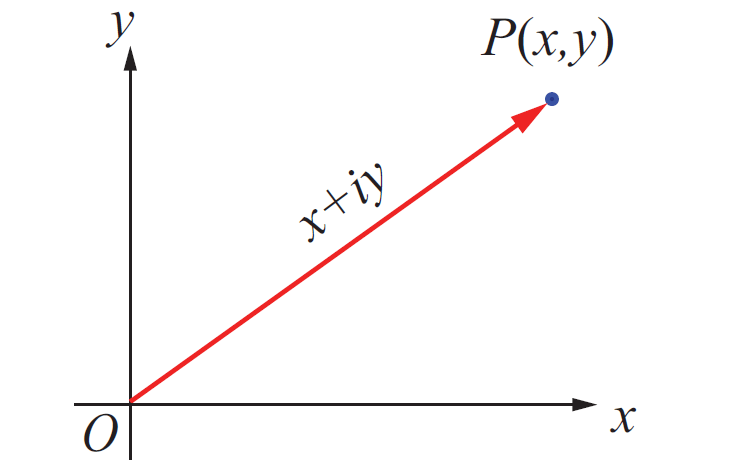
Polar coordinates :
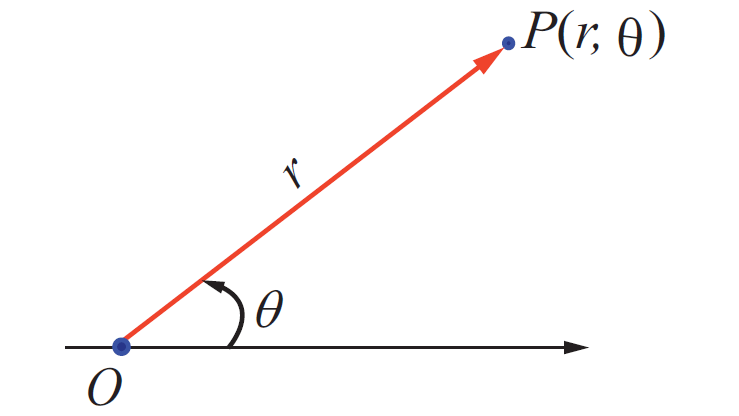
Superimpose polar coordinates on rectangular coordinates :

Definition :
Let r and θ be polar coordinates of the point P(x, y) that corresponds to a non-zero complex number z = x + iy. The polar form of a complex number P is
z = r(cos θ + i sin θ)
For convenience, we can write polar form as
z = x + iy = r(cos θ + i sin θ) = r cis θ
The value r represents the absolute value or modulus of the complex number z . The angle θ is called the argument or amplitude of the complex number z denoted by
θ = arg(z)
(i) If z = 0, the argument θ is undefined. So, it is understood that z ≠ 0, whenever polar coordinates are used.
(ii) Let the complex number z = x + iy has polar coordinates (r, θ). Then, its conjugate z̄ = x - iy has polar coordinates (r, -θ).
Squaring and adding (1) and (2), and taking square root, the value of r is given by
Dividing (2) by (1),
Case (i) :
The real number θ represents the angle, measured in radians, that z makes with the positive real axis when z is interpreted as a radius vector. The angle θ has an infinitely many possible values, including negative ones that differ by integral multiples of 2π. Those values can be determined using the formula
where the quadrant containing the point corresponding to z must be specified. Each value of θ is called an argument of z, and the set of all such values is obtained by adding multiple of 2π to θ, and it is denoted by arg z.

Case (ii) :
There is a unique value of θ which satisfies the condition
-π < θ ≤ π
This value is called a principal value of θ or principal argument of z and is denoted by Arg z.
Note that,
-π < Arg(z) ≤ π or -π < θ ≤ π
Principal Argument of a Complex Nimber
Quadrant - I :
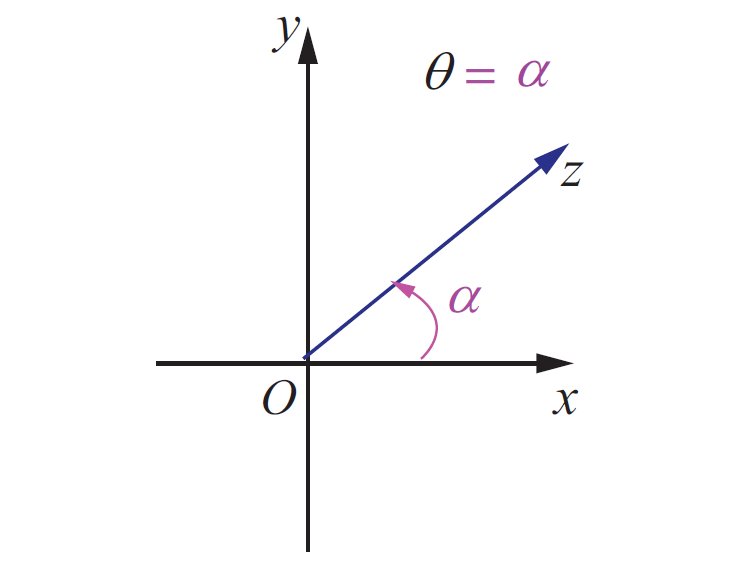
Quadrant - II :

Quadrant - III :

Quadrant - IV :
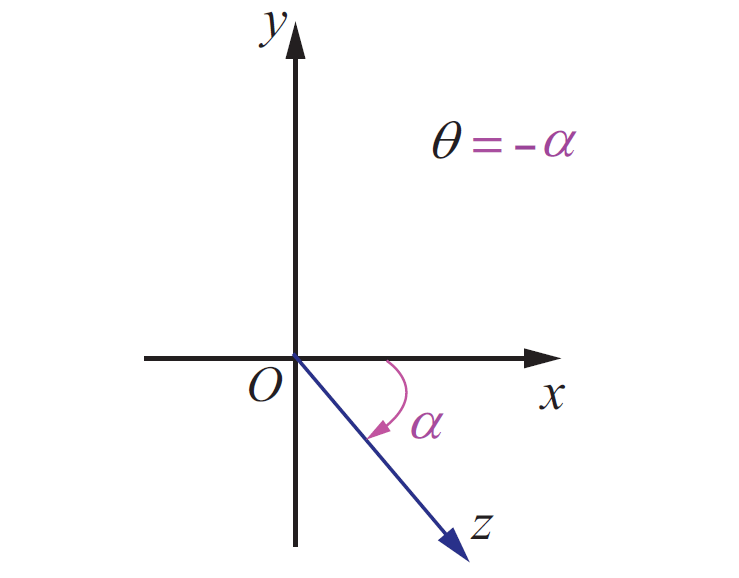
The capital A is important here to distinguish the principal value from the general value.
Evidently, in practice to find the principal angle θ, we usually compute
and adjust for the quadrant problem by adding or subtracting α with 𝜋 appropriately.
arg z = Arg z + 2n𝜋, n ∈ Z
Some of the properties of arguments are
(1) arg (z1z2) = arg z1 + arg z1
(3) arg (zn) = n arg z
(4) The alternate form of cos θ + isin θ is
cos (2kπ + θ) + isin (2kπ + θ), k ∈ Z
For instance the principal argument and argument of 1 , i, -1 and -i are shown below.

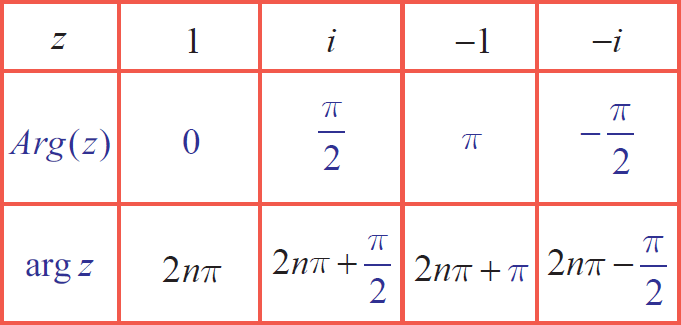
Illustration :

Subscribe to our ▶️ YouTube channel 🔴 for the latest videos, updates, and tips.
Kindly mail your feedback to v4formath@gmail.com
We always appreciate your feedback.
About Us | Contact Us | Privacy Policy
©All rights reserved. onlinemath4all.com

Recent Articles
-
10 Hard SAT Math Questions (Part - 42)
Dec 30, 25 05:52 AM
10 Hard SAT Math Questions (Part - 42) -
10 Hard SAT Math Questions (Part - 38)
Dec 29, 25 04:21 AM
10 Hard SAT Math Questions (Part - 38) -
10 Hard SAT Math Questions (Part - 39)
Dec 28, 25 11:20 PM
10 Hard SAT Math Questions (Part - 39)
